PPT-A Band of Merchants The Indian Ocean Maritime System
Author : natalia-silvester | Published Date : 2018-10-24
A multilingual multiethnic society of seafarers established the Indian Ocean Maritime System a trade network across the Indian Ocean and the South China Sea These
Presentation Embed Code
Download Presentation
Download Presentation The PPT/PDF document "A Band of Merchants The Indian Ocean Mar..." is the property of its rightful owner. Permission is granted to download and print the materials on this website for personal, non-commercial use only, and to display it on your personal computer provided you do not modify the materials and that you retain all copyright notices contained in the materials. By downloading content from our website, you accept the terms of this agreement.
A Band of Merchants The Indian Ocean Maritime System: Transcript
Download Rules Of Document
"A Band of Merchants The Indian Ocean Maritime System"The content belongs to its owner. You may download and print it for personal use, without modification, and keep all copyright notices. By downloading, you agree to these terms.
Related Documents

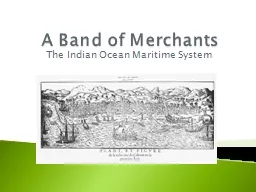
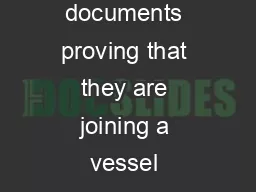
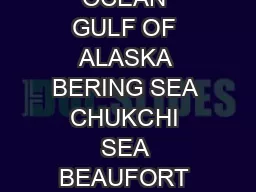
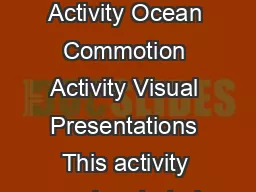
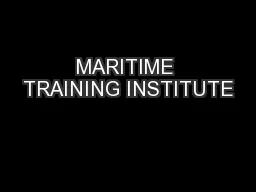
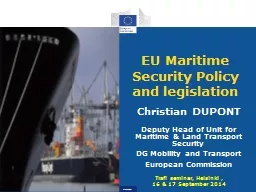
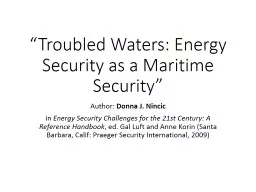
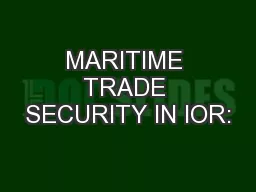
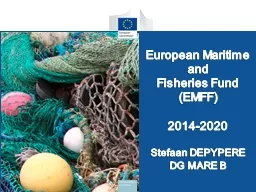
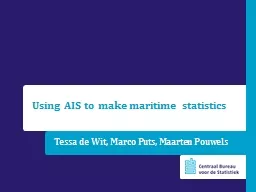

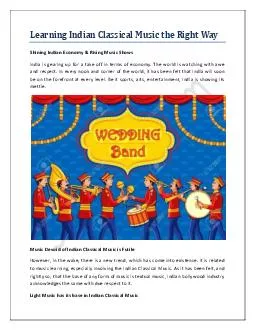
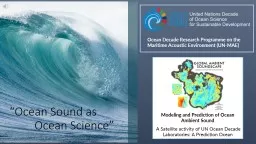
![get [PDF] Download Excessive Maritime Claims Fourth Edition (Publications on Ocean Development,](https://thumbs.docslides.com/1020286/get-pdf-download-excessive-maritime-claims-fourth-edition-publications-on-ocean-development-93.jpg)